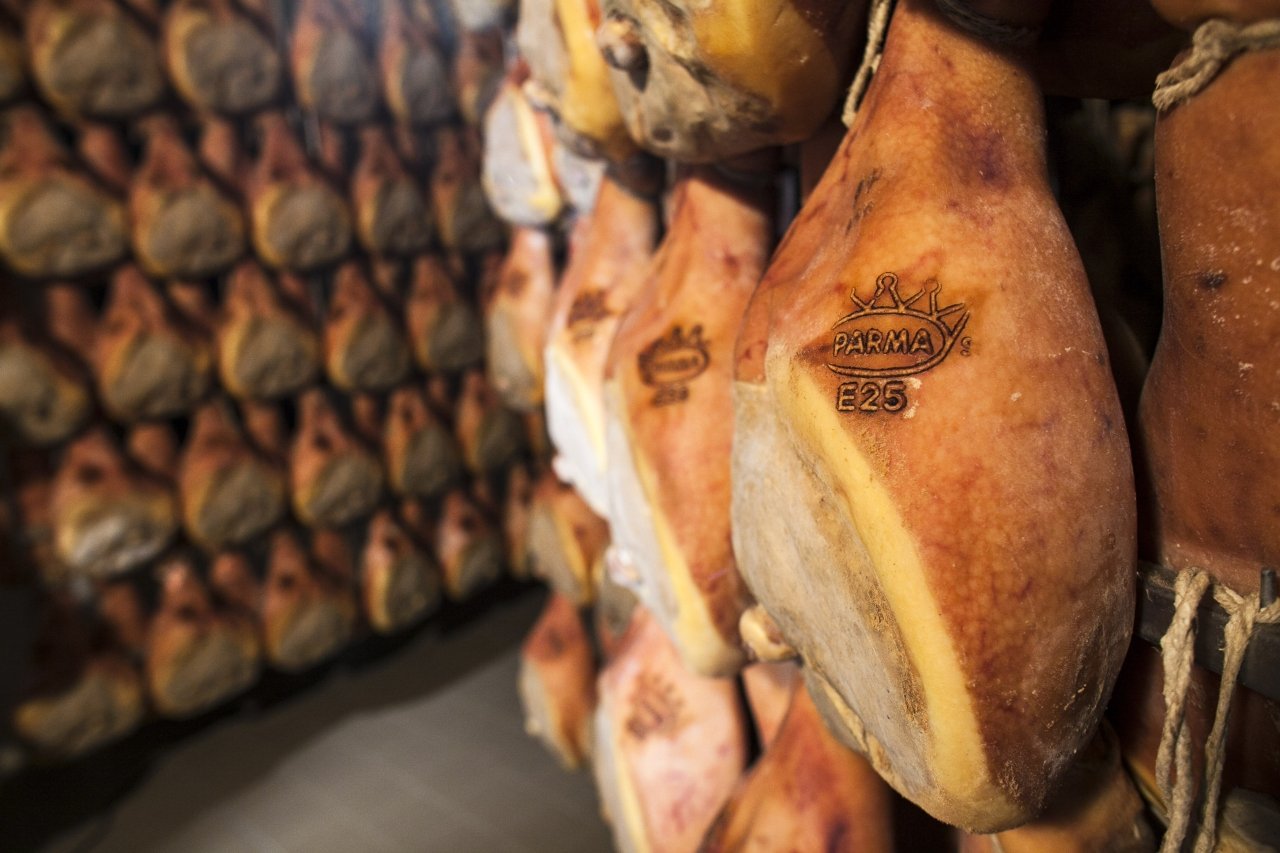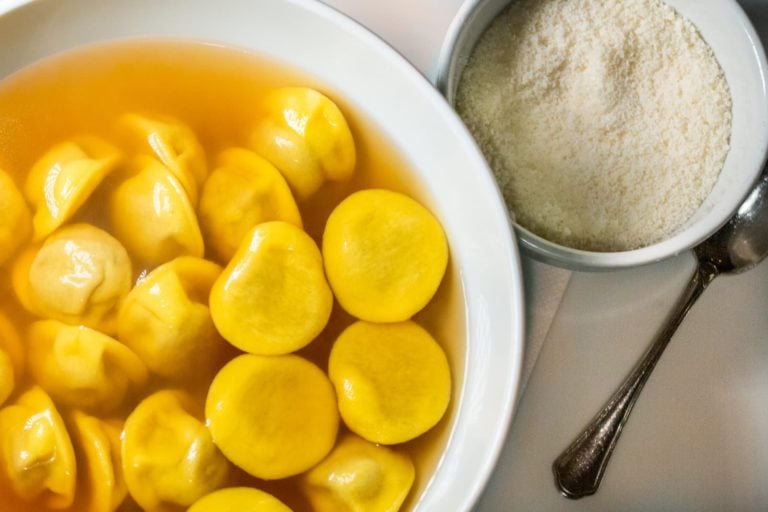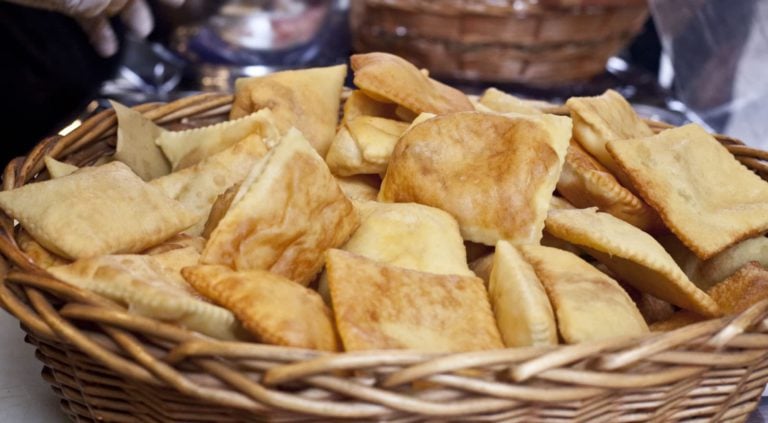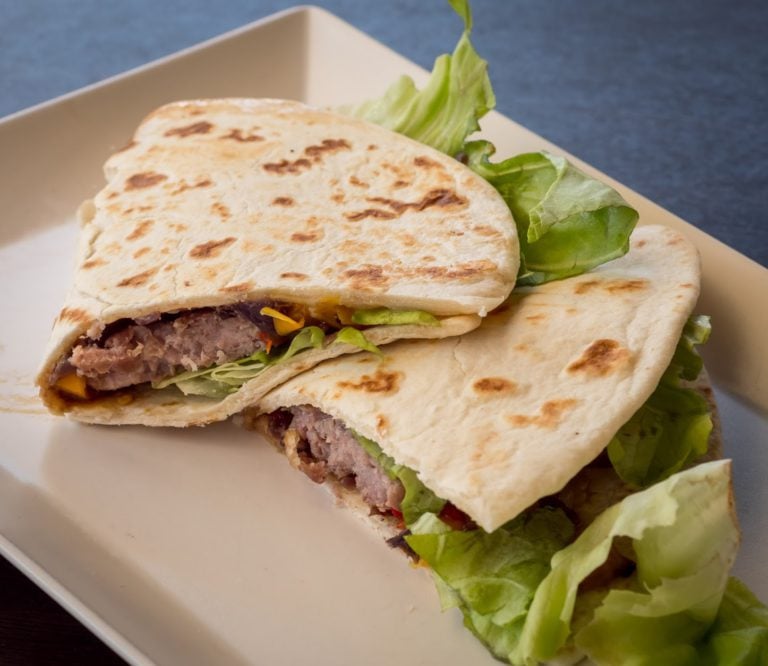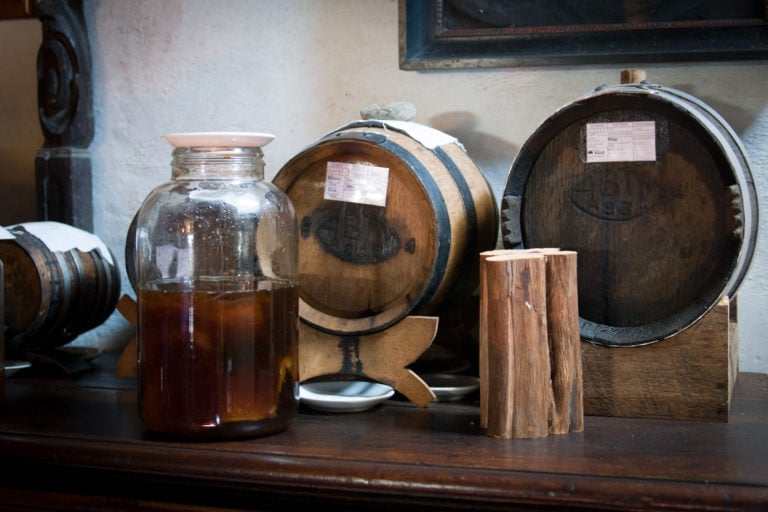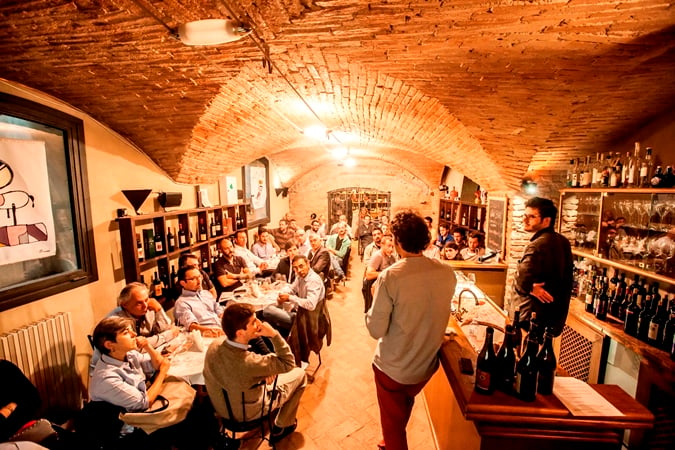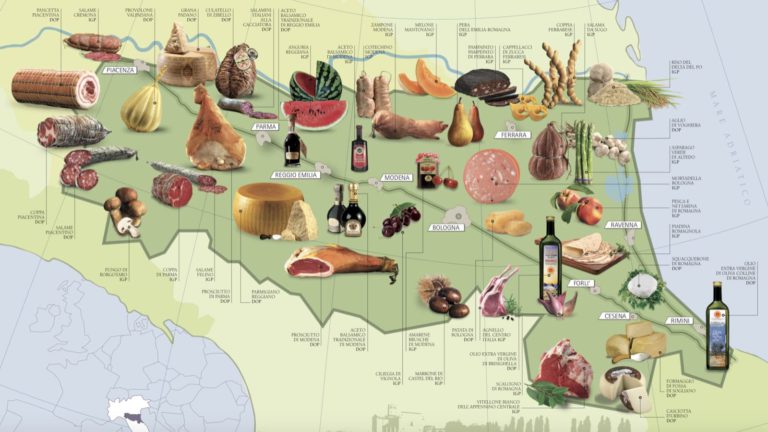There are at least 5 products that make Emilia-Romagna famous in the world and that every inhabitant of this land has in his heart:
Parma Ham
Parmigiano Reggiano Cheese
Traditional Balsamic Vinegar of Modena
Tortellini of Bologna
Piadina of Romagna
Anyone born in Emilia-Romagna has grown with the grandmother saying “I’ll make you tortellini for lunch, which are the best therapy for the flu” or has been meeting in front of a piadina stand after a long night among the Romagna’s Coast nightclubs.
Anyone who wants to learn more about Emilia-Romagna’s culinary culture, by this time recognized as the gastronomic cradle of Italy, have to discover the production processes of these famous foods, which are symbol and pride of our Food Valley. Here are 5 experiences to better know the birth and production of them, made today as yesterday according to tradition and with crafted care.
PARMA HAM
The production of Prosciutto di Parma (from the Latin perexsuctum, meaning dried) do not involve the use of preservatives or additives, and the result is a tasty, all-natural food. In addition to the quality of raw material, other ingredients needed to achieve this unique PDO product is the ability of ‘Salt Masters’ and the fragrant, dry air of Parma hills, the typical production area.
If you want to discover all the secrets of this ham, besides taking a look at the description of how it is made on the Consortium’s website, you don’t have to miss the chance to visit a ham factory.
The main event Open Doors takes place every September, key event of the Parma Ham Festival, whereas during the rest of the year it is possible to book a tour directly from the producers or to organize a gastronomic tour.
PARMIGIANO REGGIANO
Parmigiano Reggiano that we enjoy today is result of the evolution of 9 centuries of production in the fertile countryside that goes from the Apennines to the Po River and includes the provinces of Parma, Reggio Emilia, Modena and parts of the provinces of Mantua and Bologna.
It is a long and precise production process, that goes from the skimming of milk to the aging inside the storehouses, and each wheel of Parmigiano Reggiano has to overcome numerous controls before getting the heat-branding that sets it apart as PDO product.
How do we know? Because we visited one of the Dairies of the Consortium. If you want to make the same experience, book your visit or take part in the next “Open Dairies” event.
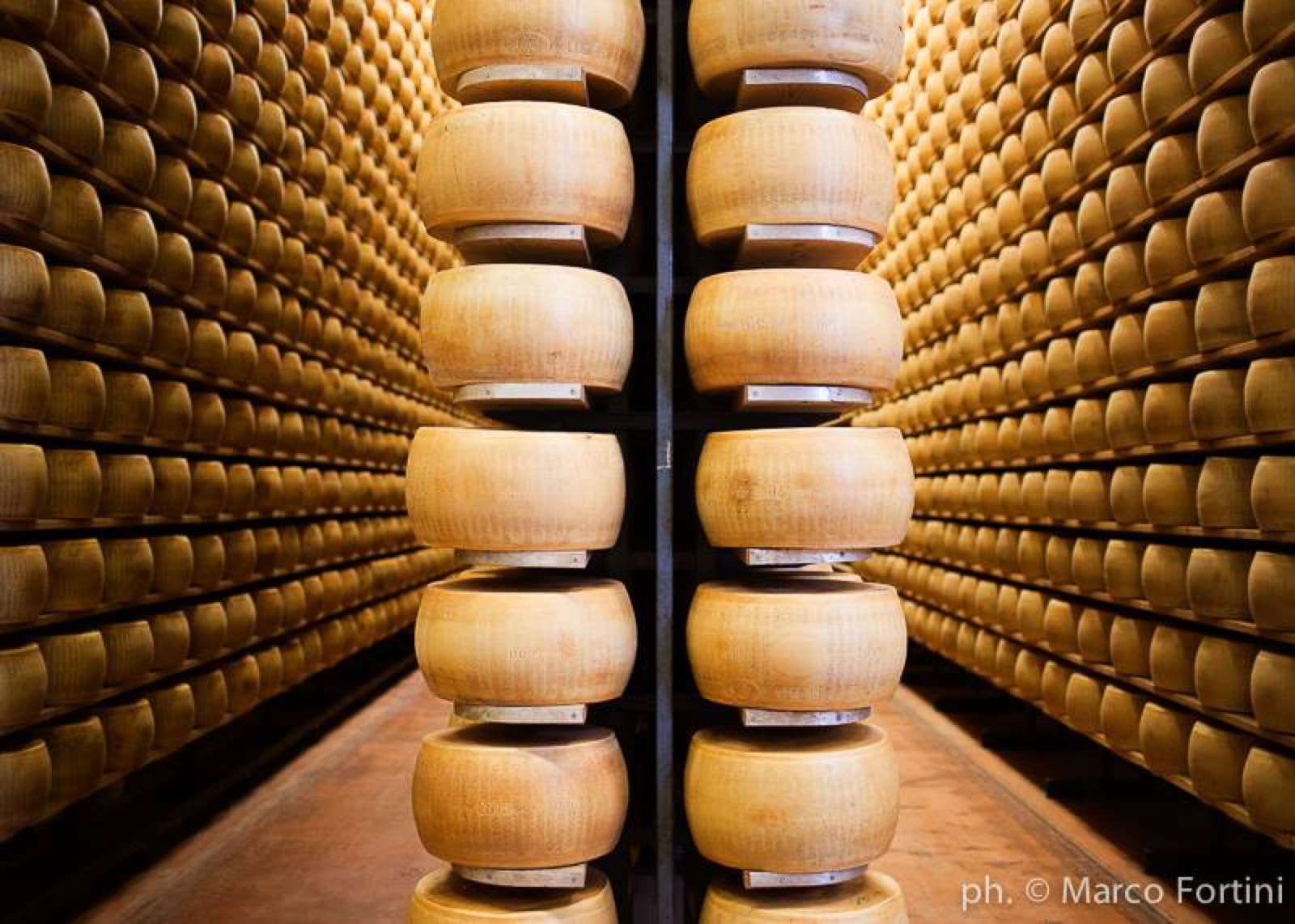
TRADITIONAL BALSAMIC VINEGAR OF MODENA
Symbol of culture and history of the ancient Este Duchy, the Traditional Balsamic Vinegar of Modena is born in this very land thanks to the conjunction of several factors: the particular climatic characteristics of the territory, the typical local grapes, the art of cooking the must on the direct flame in open boilers, the loving procedures of the annual pouring in barrels of different woods and decreasing volume.
So, year after year, barrel after barrel, this unique PDO product borns, whose aging can range from a minimum of 12 years (“Affinato”) or 25 years (“ExtraVecchio”), and must be packaged only in the authorized bottle designed by Giorgetto Giugiaro.
To visit a vinegar factory is a unique experience that involves all the senses (if you never tasted a Traditional Balsamic Vinegar aged 100 years you can’t say to have really lived), and even the heart, for the passion and care that manufacturers put in the creation of this black gold.
A good opportunity to make this experience is the next Acetaie Aperte event, during which the vinegar factories of Modena’s hinterland offer free guided tours with concerts, exhibitions, and tastings, or during the year booking a tour at one of Consortium producers.
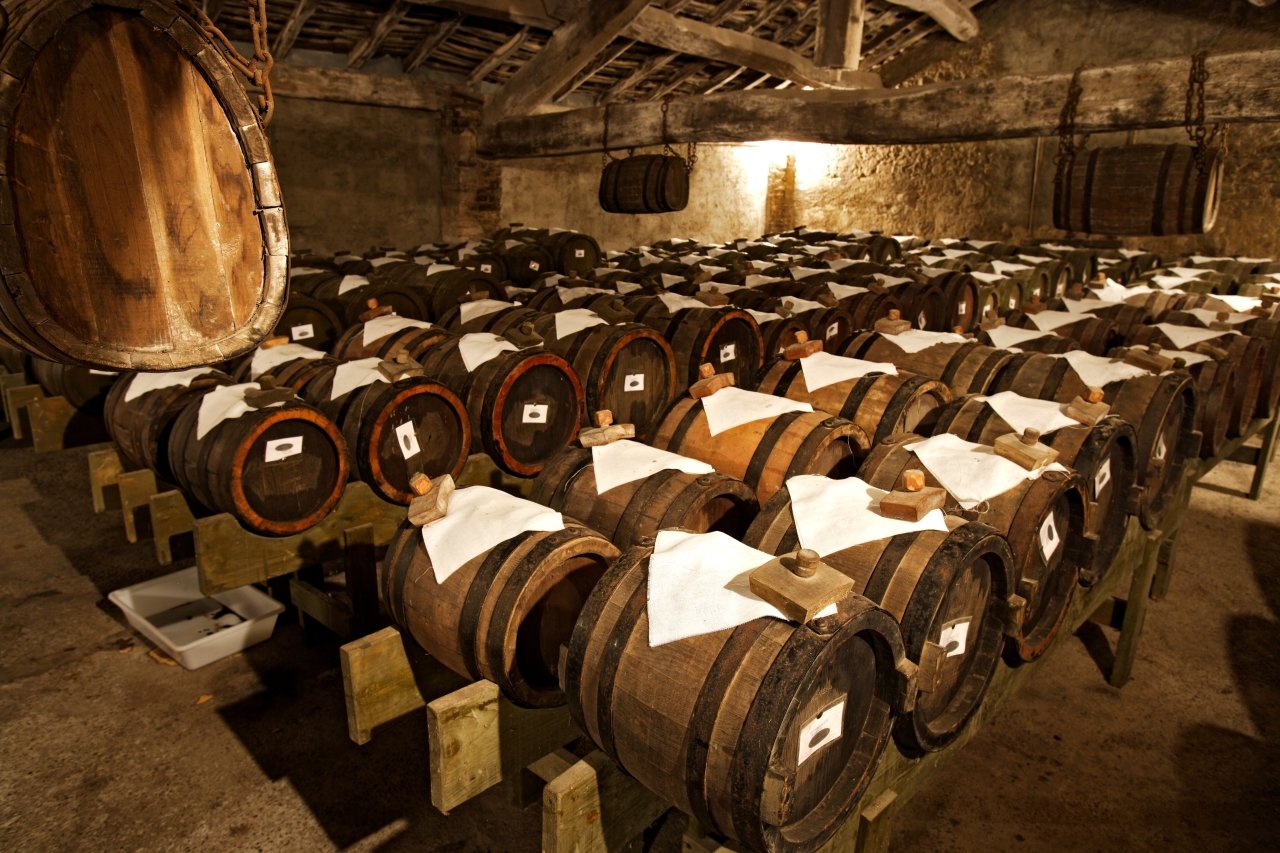
TORTELLINI OF BOLOGNA
Whether it was born or not -as the legend says- in homage to the beauty of feminine belly button, anyone should agree that tortellino, to be enjoyed strictly in capon broth, is one of the most famous and copied foods of Emilia-Romagna.
Although there is a variant of the traditional recipe for every home door of Bologna, on December 7 1974 the Learned Brotherhood of Tortellino together with the Italian Academy of Cuisine deposited at Camera di Commercio in Bologna the original recipe, which includes all the directions for their realization: from the ingredients of the filling to the ingredients of the broth, from the making of pastry to the making of the perfect shape.
If you want to learn how to make tortellini as a real granny, the best way is to observe in person the movements of expert hands, during one of the many handmade pasta courses offered in the city: list and information on bolognawelcome.com.
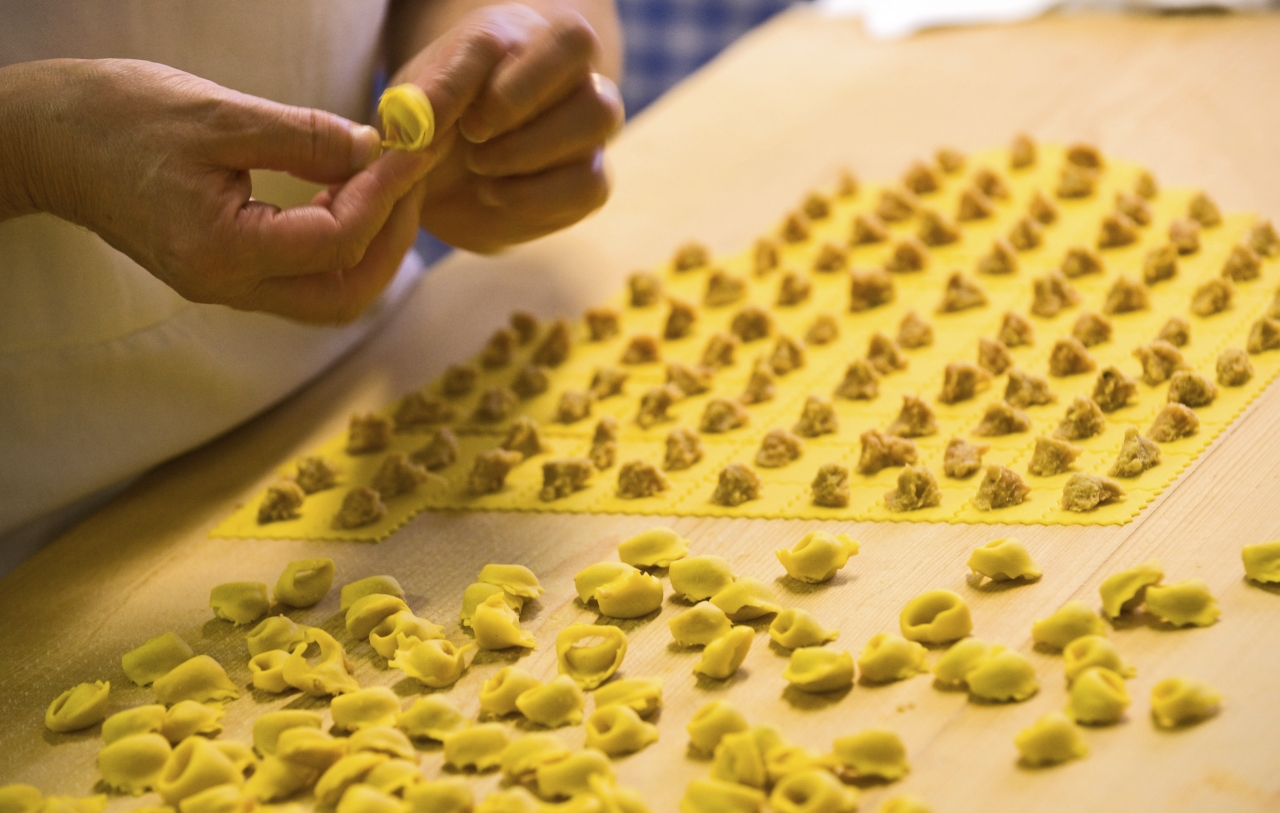
PIADINA OF ROMAGNA
Wheat flour, water, salt, and lard: these 4 simple ingredients hide the secrets of piadina flatbread, one of the symbols of Romagna culinary tradition. Defined by Giovanni Pascoli as “the national food of Romagna’s people”, the origins of piadina are lost over the centuries (among the first that mentioned it there is even Virgil, in the 7th book of Aeneid), but for sure we know that it has always been a very appreciated food because of its simplicity and versatility, so that now it has obtained the IGP recognition.
If you can’t resist to its aroma, softness and delicious taste we recommend you to learn how to do it as soon as possible by taking part to one of the themed courses organized by Casa Artusi, the center of gastronomic culture dedicated to Italian home cooking in Forlimpopoli.
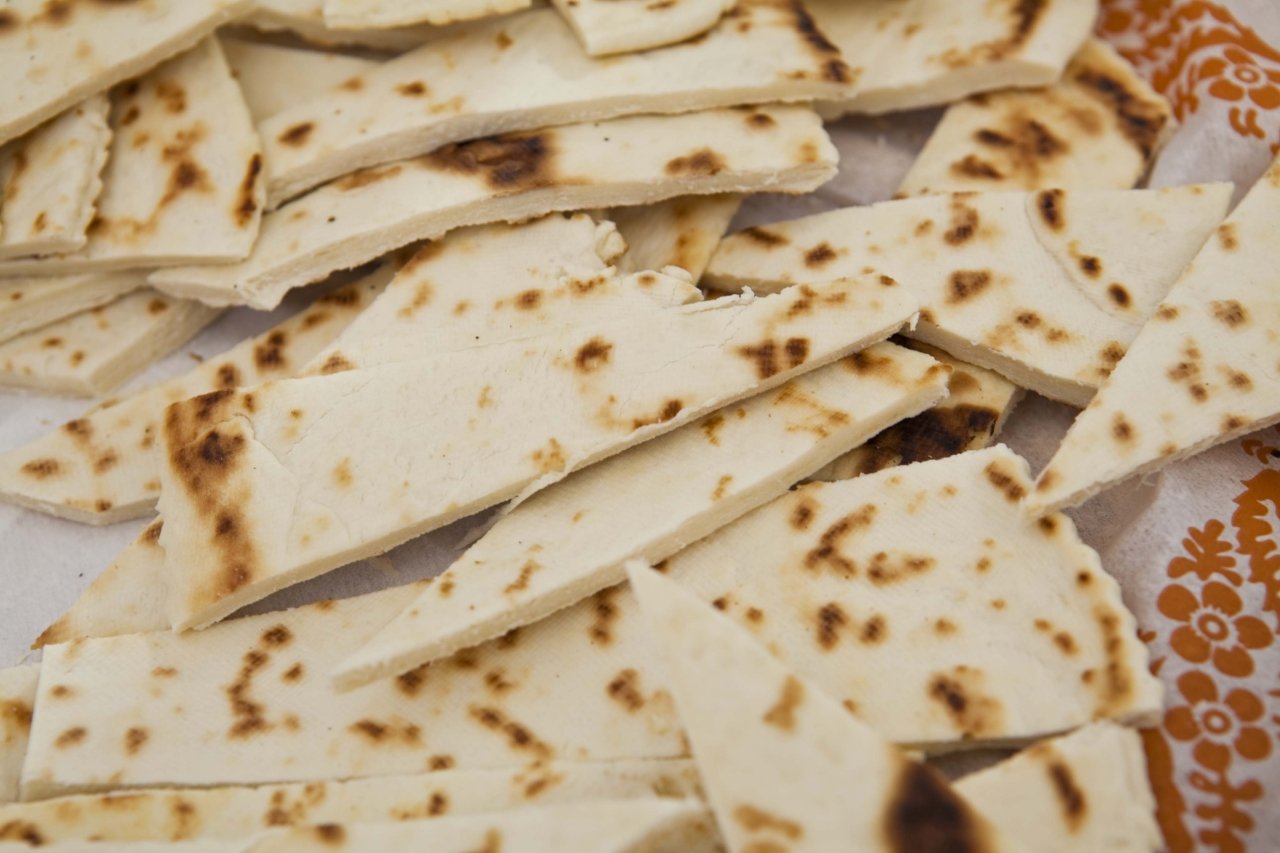
Author

Elisa Mazzini
Social Media Manager for @inEmiliaRomagna and full-time mom.
You may also like
A three-days getaway from Florence for Food Travelers
by Daryl and Mindi Hirsch /// March 25, 2021
Emilia at the table: 5 foods you must try if you’re visiting Emilia
by Marco Bresolin /// July 19, 2017

Interested in our newsletter?
Every first of the month, an email (in Italian) with selected contents and upcoming events.
